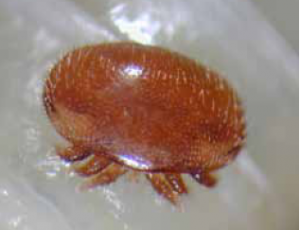Beekeepers and producers of fruit, nut, and vegetable crops are concerned that the availability of honey bees is not keeping pace with the growing demand for pollination services. In the U.S., a phenomenon called ‘Colony Collapse Disorder’—first discovered in 2006—has caused mysterious and catastrophic losses. Scientists across the country have been looking for the cause or causes of Colony Collapse Disorder, and the decline of bees in general, within four broad categories:
- Pathogens (such as fungi, amoeba, bacteria, and viruses that infect honey bee brood and adults)
- Parasites (such as tracheal [internal] and Varroa [external] mites—Varroa mites injure adult bees and brood by direct feeding and transmission of pathogenic viruses)
- Environmental Stressors (such as miticides and antibiotics used inside the hive and pesticides used outside the hive; or malnutrition through lack of nectar diversity); and also
- Management Stressors (such as transportation stress by migratory beekeepers, overcrowding, feeding practices, and genetic fitness of the queen source)
 Varroa mite on bee larva (Bayer CropScience) |
 Varroa mites on honey bee (Bayer CropScience) |
What exactly is causing the increased colony losses remains unknown. It seems that rather than one factor there is a mixture, or accumulation, of potentially synergistic causes. A better understanding of how the suspected causes interact and how bees respond to those causes is needed.